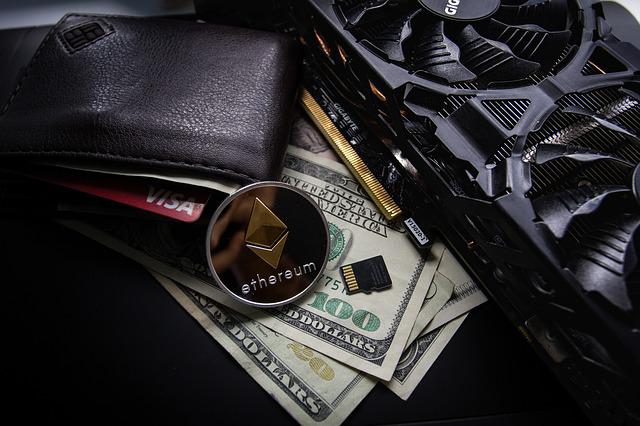By Anthony DiMarsico, CEO at Banxe
The financial industry is constantly changing, but decentralised finance (DeFi) is becoming more vital. It has seen dramatic growth in popularity since the year 2020 – this year, 2022, has even been dubbed the ‘Year of Defi’. The crypto market has seen tremendous upheaval in recent months and substantial instability at the state of 2020, whereas DeFi projects have flourished and saw a significant rise in value and price. Investors are now placing greater attention on Defi with assets reaching record highs across the world.
The popularity and interest in DeFi is forecast to grow due to the pipeline of opportunities it provides the financial world, as well as its ability to further evolve security measures for safer transactions. But it is important to first understand what DeFi is, why it has experienced such tremendous growth, and why it is predicted to continue to do so.
Shedding light on DeFi and how it works
DeFi is a financial system that runs on a decentralised network of computers. DeFi is a multitude of financial technology tools that are built on a blockchain, and used for borrowing, lending, and other banking services. Blockchain is a decentralised, immutable, public ledger on which Bitcoin is based – that enables all computers (or nodes) on a network to hold a copy of the history of transactions. The idea is that no single entity has control over, nor can alter, that ledger of transactions.
These products and services were created as an alternative to traditional financial services, and are accessible to anyone and eliminate the need for a financial middleman such as a bank or a broker. The world of decentralised finance comprises of non-custodial financial products, and is built around highly experimental, highly lucrative crypto projects.
Evidence of DeFi’s success
Among the most popular projects are lending protocols Aave, Maker, and Compound. These protocols allow users to borrow cryptocurrencies instantaneously, and often in large amounts, if a customer can prove they can pay back the loan in a single transaction. Additionally, with the function of lending protocols, users can also earn interest from lending out cryptocurrencies.
Decentralised exchanges are another popular type of DeFi protocol. Uniswap is by far the largest and most well known decentralised exchange. In fact, in August 2020, the daily trading volume on Uniswap hit $426 million, surpassing and challenging centralised exchanges such as Coinbase, in which traders exchanged $348 million worth of cryptocurrencies.
While Bitcoin is a decentralised digital currency that operates on its blockchain, and is used mainly as a store of value, DeFi is a concept that describes financial services that are built on public blockchains, such as Bitcoin and Ethereum, for example. This enables users to earn interest or borrow against their cryptocurrency holdings, while DeFi is comprised of a variety of applications related to financial services such as trading, borrowing, lending and derivatives.
How can DeFi shape the future of finance?
DeFi has great potential in terms of shaping the future of finance and provides many opportunities for its users to explore simple transactions. Perhaps the most important function is that it removes the need for financial bureaucracy. After the not-so-distant TerraUSD (UST) crash (a stablecoin pegged to the US dollar) the DeFi sector has even more concerns for its future. The crash bankrupted many investors and dragged down the entire crypto market.
However, even with such a significant collapse in the crypto market, cryptocurrencies still have the advantage of becoming the primary digital payment method, as they maintain the variable of privacy, as well as providing the most secure payment channels. In DeFi, liquidity is provisioned and aggregated across many cryptocurrencies to enable decentralised trading, creating pools of liquidity that can be drawn instantly, rather than having to match a buyer and seller at the time of the transaction.
Whether via decentralised exchanges like lending, borrowing, or insurance products, DeFi is evolving and expanding swiftly to mirror the traditional financial services ecosystem. This new form of technology may eventually impact the future of centralised finance entities, with DeFi potentially being seen as a cheaper, quicker, and more relevant alternative. We will also begin to see a rise in the introduction of additional innovative applications and services utilising DeFi’s many offerings.
The benefits of DeFi considerably outweigh the risks. While there are concerns from regulators, on money laundering and illegal payments, DeFi still boasts an entryway to secure transactions and unlimited financial opportunities. DeFi is on its way to becoming more mainstream and the norm for financial payments, with the associated risks soon to be a thing of the past.


